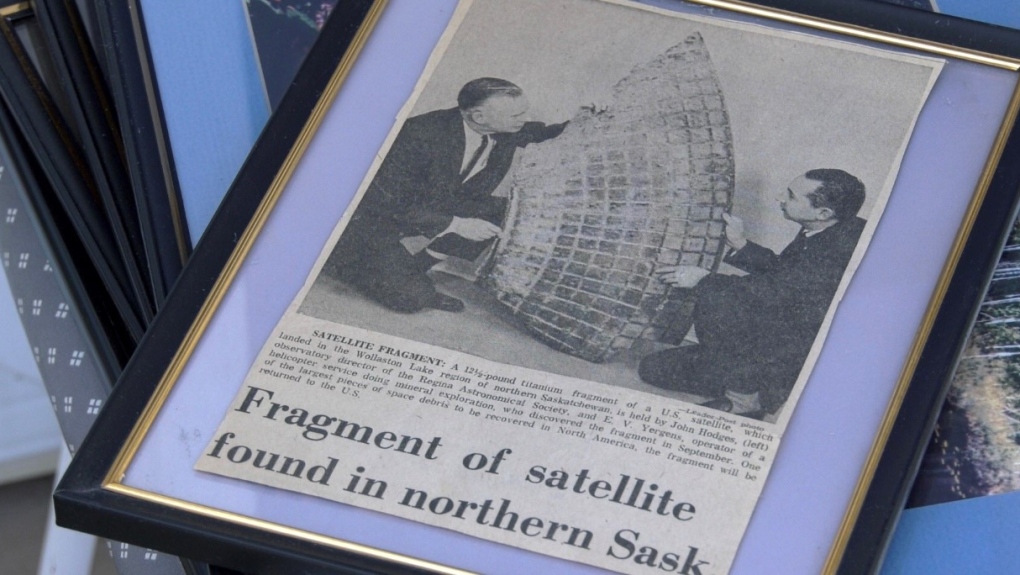Debby Lorinczy remembers her father as an amazing person and as a man who also made an amazing discovery.
Her father, Ernest Yergens, worked as a helicopter pilot in Northern Saskatchewan in the 1960’s.
“He worked for golf oil. When he was flying one day he found this shiny object on the shore of a lake.”
The shiny object turned out to be a piece of satellite, belonging to NASA. It was discovered at Wollaston Lake in 1968.
Lorinczy said the piece was eventually picked up by NASA and was later put into the National Smithsonian Museum.
“For history, he’ll always be part of that,” Lorinczy added.
More than half a century later, another piece of debris, believed to be from SpaceX satellite, was found on a farm near Ituna, Sask..
More rockets have been launching frequently, and the question remains: Who is responsible when this happens?
Samantha Lawler, an associate professor of Astronomy at the University of Regina said southern Canada has a high density of satellites in the skies above. More than 60 per cent belong to the United States.
“American space junk will fall on Canada again and we need to have protocols in place and right now it’s not at all clear who is responsible for this,” she told CTV News.
The Outer Space Treaty, which was signed by United Nations in the late 1960’s states that when debris from a rocket re-enters earth, the country who launched the rocket is then held liable.
Today, those laws and regulations still remain.
“The concern has been more stuff hitting each other in space and now it’s stating to more worried about stuff hitting people on the head. It hasn’t become a big worry up until now but the increase in traffic has started to make this more of an issue,” said Jonathan McDowell, a Smithsonian astronomer.
In a statement to CTV News, the Canadian Space Agency (CSA) said work is being done on sustainable space practices.
“The CSA is also actively working with our international partners on space sustainability and efforts to promote a safe and sustainable space environment,” the statement read.
“This includes participating in the Inter-Agency Space Debris Coordination Committee (IADC) and the United Nations Committee on the Peaceful Uses of Outer Space (UN COPUOS).”


